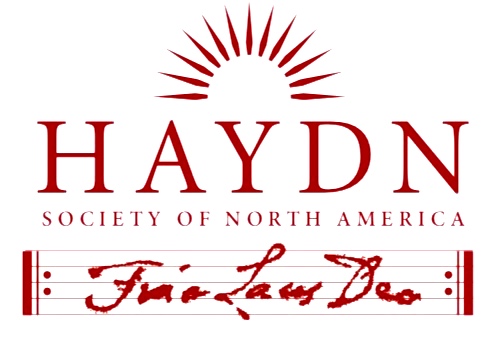
Document Type
Article
Abstract
By analyzing complete multi-movement works, students deepen their understanding of music analysis and consider relationships among diverse musical features. Haydn’s Sonata in C Major, Hob. XVI:10, provides an accessible piece for undergraduate students to analyze at several different levels of study. In this article, I outline three pedagogical journeys to guide students through this concise three-movement keyboard sonata. During their respective journeys, Theory II students explore motifs, cadences, and small forms; Theory III students investigate interactions between chromatic harmony and form; and Form and Analysis students map a trajectory through all three movements and compare the sonata-form outer movements. As students’ levels of experience increase, the progression between journeys shifts from collaborative projects with extensive peer support to independently completed assignments. Types of assignments similarly progress from an oral presentation to a brief essay to an essay of moderate length. Guidelines and rubrics for the assignments appear throughout the article, and I share analytical observations pertaining to each assignment. I also suggest topics for an additional graduate-level journey that engages with Hepokoski and Darcy’s Sonata Theory. Like a destination that remains the same but delights each group of travelers in a different way, Haydn’s Hob. XVI:10 provides an intriguing venue for students to explore at multiple stages of their music-theoretical studies.
Recommended Citation
Ripley, Angela
(2020)
"Choose Your Own Adventure: Scaffolding Multi-Movement Analysis through Haydn's Sonata in C Major, Hob. XVI:10,"
HAYDN: Online Journal of the Haydn Society of North America: Vol. 10, Article 5.
Available at:
https://remix.berklee.edu/haydn-journal/vol10/iss2/5
© Haydn Society of North America ; Boston: Berklee Library, 2020. Duplication without the express permission of the author and/or the Haydn Society of North America is prohibited.


